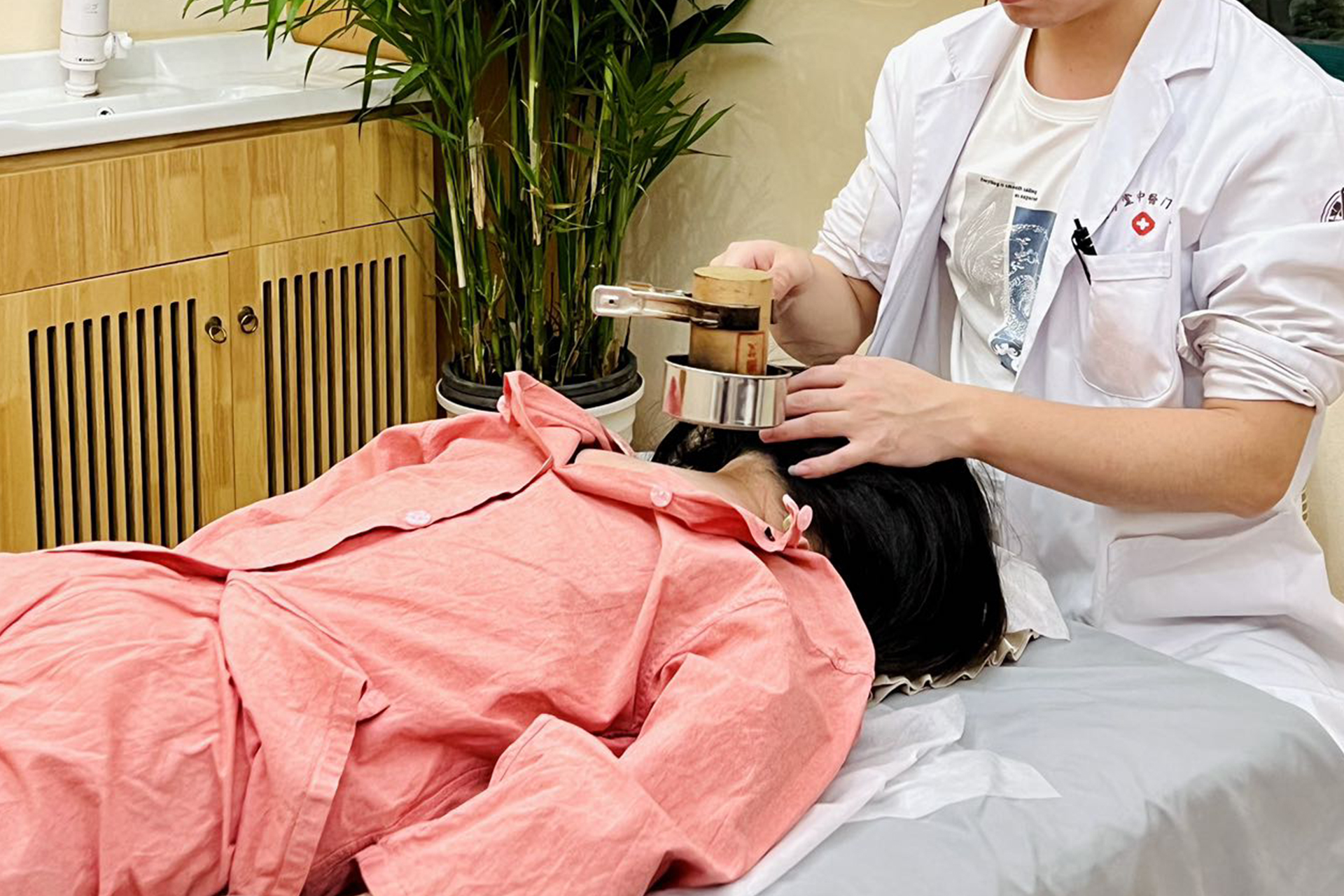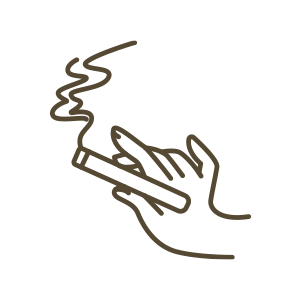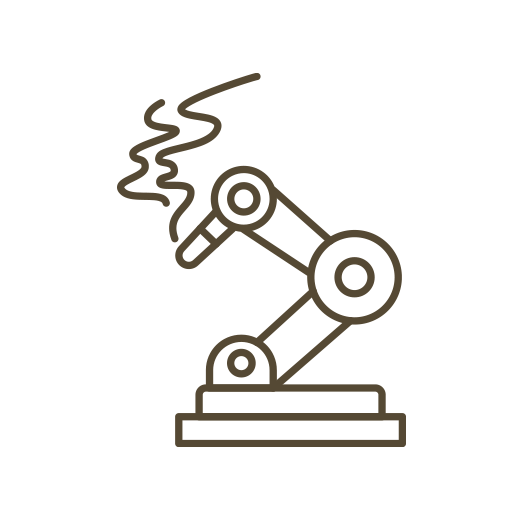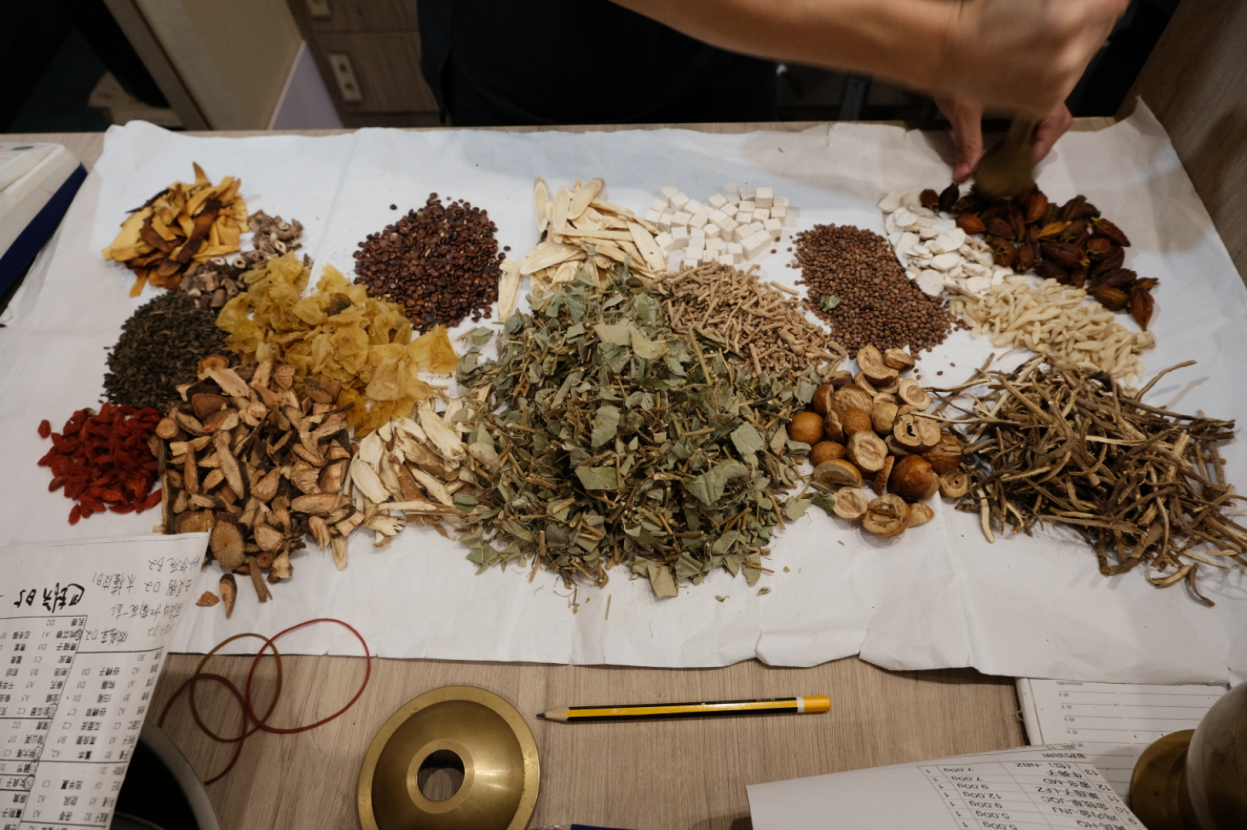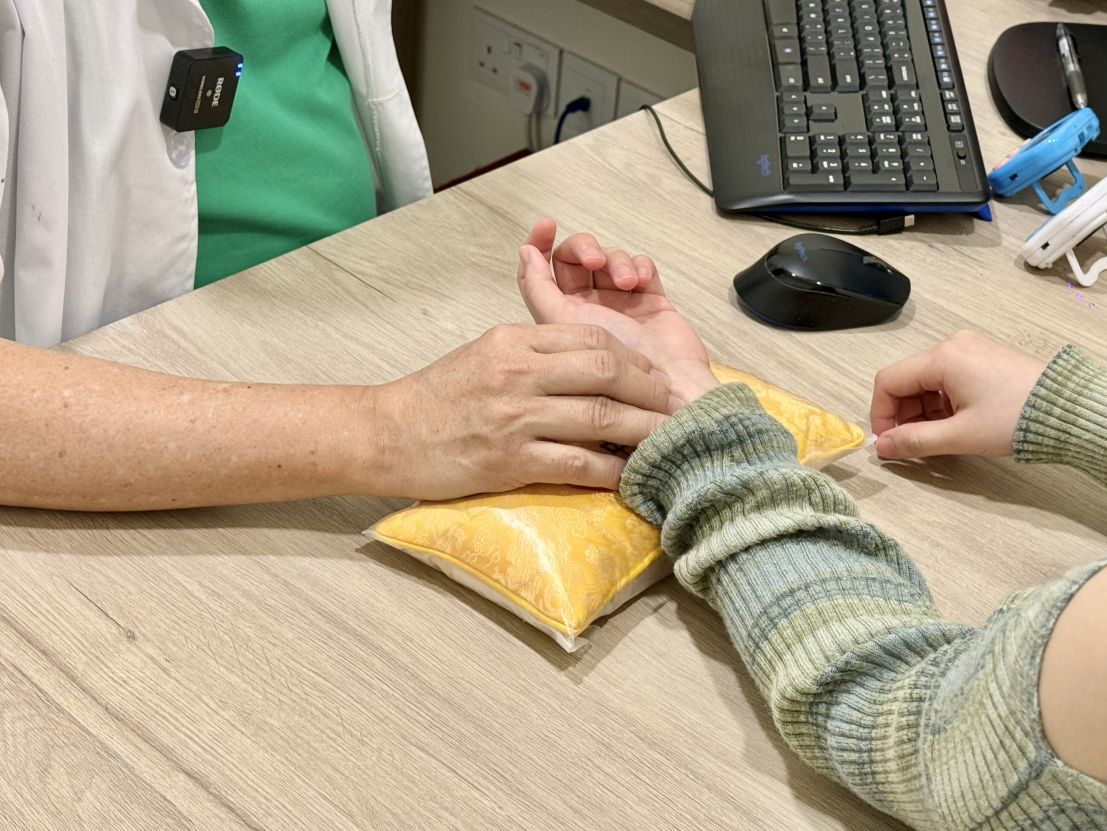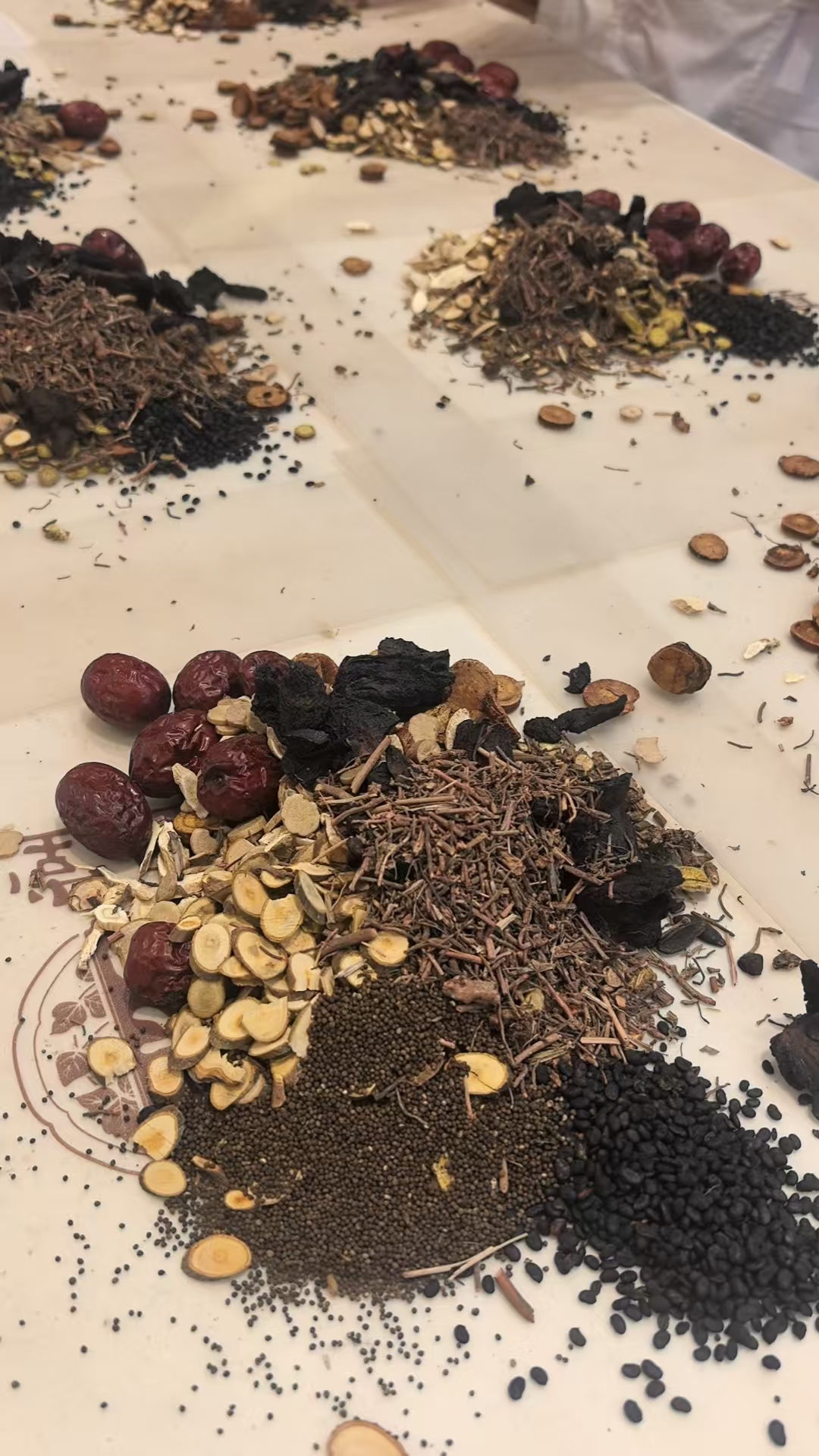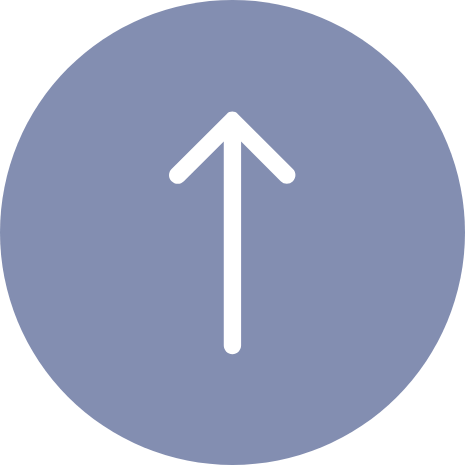Conditions such as uterine cold, irregular menstruation, dysmenorrhea, pelvic inflammatory disease, vaginitis (deficiency-cold type), and uterine fibroids (belonging to the deficiency-cold stagnation syndrome). Moxibustion can warm the uterus, regulate qi and blood, improve local blood circulation, and alleviate discomfort symptoms. However, the treatment should be tailored to the specific condition and conducted under the guidance of a professional practitioner.
Pregnant women, as moxibustion may stimulate the uterus and affect the fetus; individuals with high fever, convulsions, or coma; areas with skin allergies, ulcers, or scars should not undergo moxibustion; it is also unsuitable during extreme fatigue, excessive hunger or fullness, intoxication, or profuse sweating. People with a yin deficiency and excessive internal heat constitution may experience aggravated symptoms if moxibustion is improperly applied, so caution is advised.
Do not bathe immediately after moxibustion, especially avoid cold showers to prevent the invasion of cold and dampness. Keep warm and avoid exposure to wind or cold. Drink plenty of warm water to promote metabolism and detoxification. Maintain a light diet, avoiding raw, cold, spicy, or greasy foods. Slight redness and warmth on the skin after moxibustion are normal; if blisters or burns occur, small blisters may heal naturally, while larger ones should be treated under medical supervision.
Different principles: Acupuncture regulates qi and blood by stimulating acupoints with needles; moxibustion warms and unblocks meridians through heat and medicinal properties.
Indication differences: Acupuncture is more effective for acute pain and excess pattern regulation; moxibustion focuses more on deficiency patterns, cold patterns, and chronic disease maintenance.
Synergistic effects: They are often combined clinically (e.g., "warm needle moxibustion") to enhance therapeutic outcomes.
Daily healthcare: 2-3 times per week, 10-15 minutes per acupoint.
Chronic condition management: Initially, once daily (for 5 consecutive days followed by a 2-day break), adjust to 3 times per week after symptoms improve.
Varies by individual, typically:
Acute symptoms (e.g., cold from exposure): Improvement may be seen after 1-2 sessions.
Chronic conditions (e.g., dysmenorrhea, arthritis): Requires continuous adjustment for 1-3 months, combined with lifestyle changes.
Constitution improvement (e.g., qi and blood deficiency): Recommended for long-term adherence (3-6 months or more), combined with diet and exercise.
Accurate point selection: Prioritize safe acupoints (e.g., Zusanli, Guanyuan) and avoid dangerous areas (e.g., face, major blood vessels).
Tool selection: It is recommended to use moxibustion boxes or portable moxibustion devices to reduce the risk of burns.
Environmental requirements: Ensure proper ventilation, keep away from flammable materials, and completely extinguish the moxa stick after use.
Abnormal handling: If dizziness or nausea occurs, stop immediately and drink warm sugar water.
Normal reaction: Moxibustion promotes metabolism, increasing fluid consumption in the body. Simply replenish fluids appropriately.
Fatigue: Often caused by the body entering a repair state after qi and blood mobilization. It is recommended to rest quietly after moxibustion and avoid strenuous exercise.
Warning sign: If fatigue persists for more than 24 hours, it may indicate excessive moxibustion, requiring adjustment of the treatment plan.
Supporting Role: Moxibustion can alleviate symptoms and enhance physical constitution, but it cannot completely replace drug treatments (such as for hypertension, diabetes, etc.).
Collaborative Therapy: For chronic pain and sub-health issues, it can reduce dependence on medication, but medical advice should be followed.
Emergency Treatment: Acute infections, injuries, etc., still require priority use of modern medical methods.
Direct Moxibustion: Suitable for cold syndrome and severe conditions (such as rheumatoid arthritis), requires operation by a physician.
Suspended Moxibustion: Highly versatile and safe, suitable for family healthcare or chronic disease management.
Mud Moxibustion: Combines medicinal mud with heat therapy, targeting local blockages (such as shoulder and neck strain), with more pronounced soothing effects.
The drawbacks of moxibustion include the risk of burns due to high temperatures. In direct moxibustion, the mugwort comes into direct contact with the skin, while indirect moxibustion uses buffers such as ginger slices, garlic, or salt between the skin and the mugwort.

